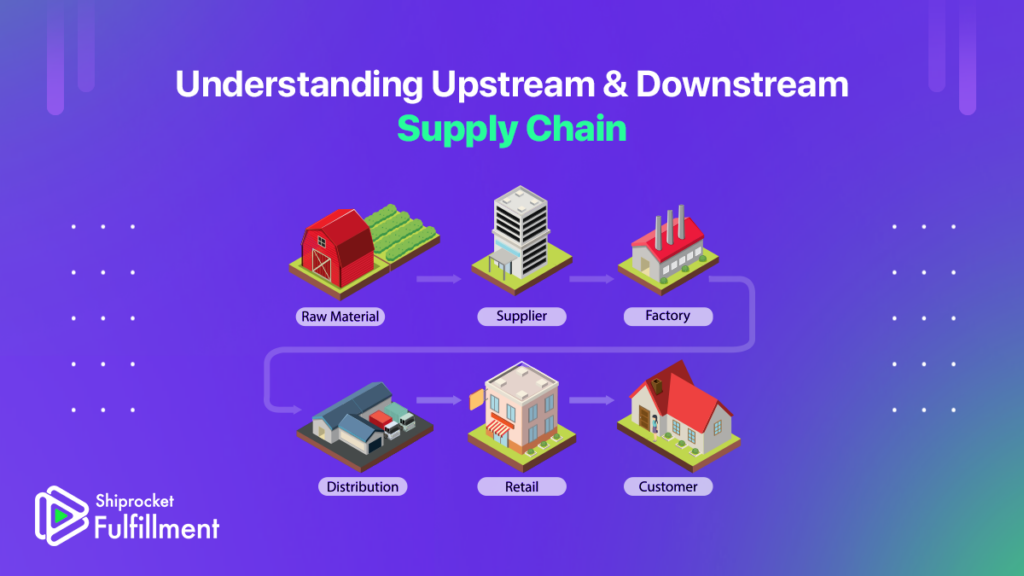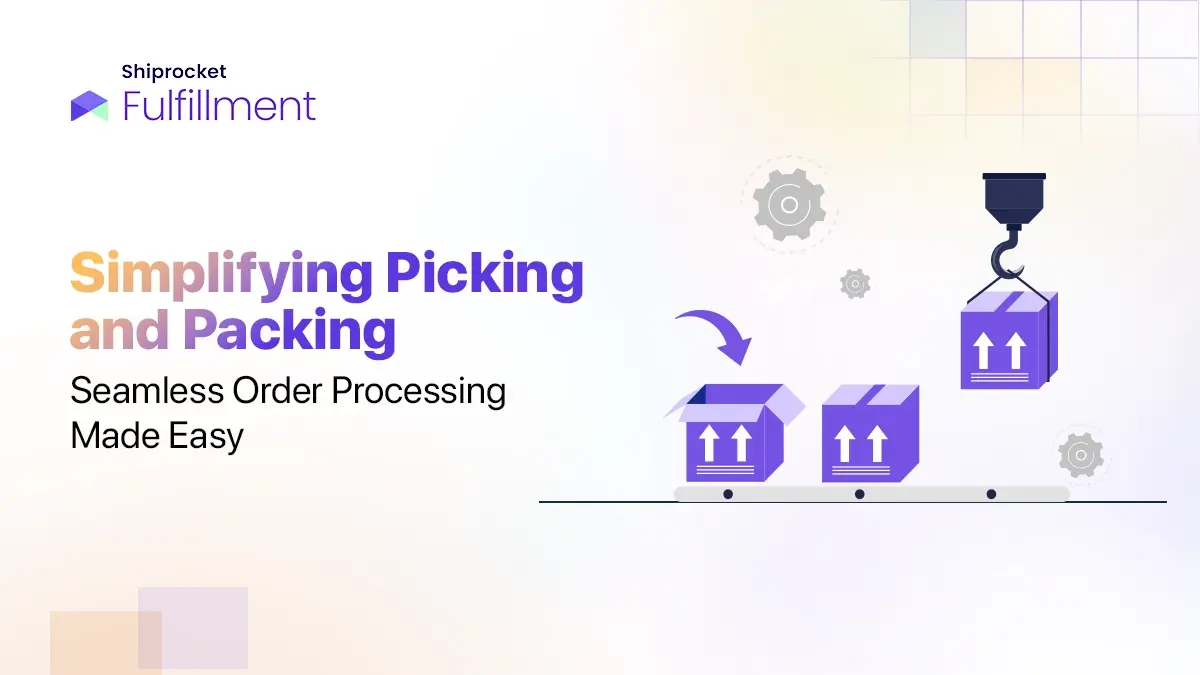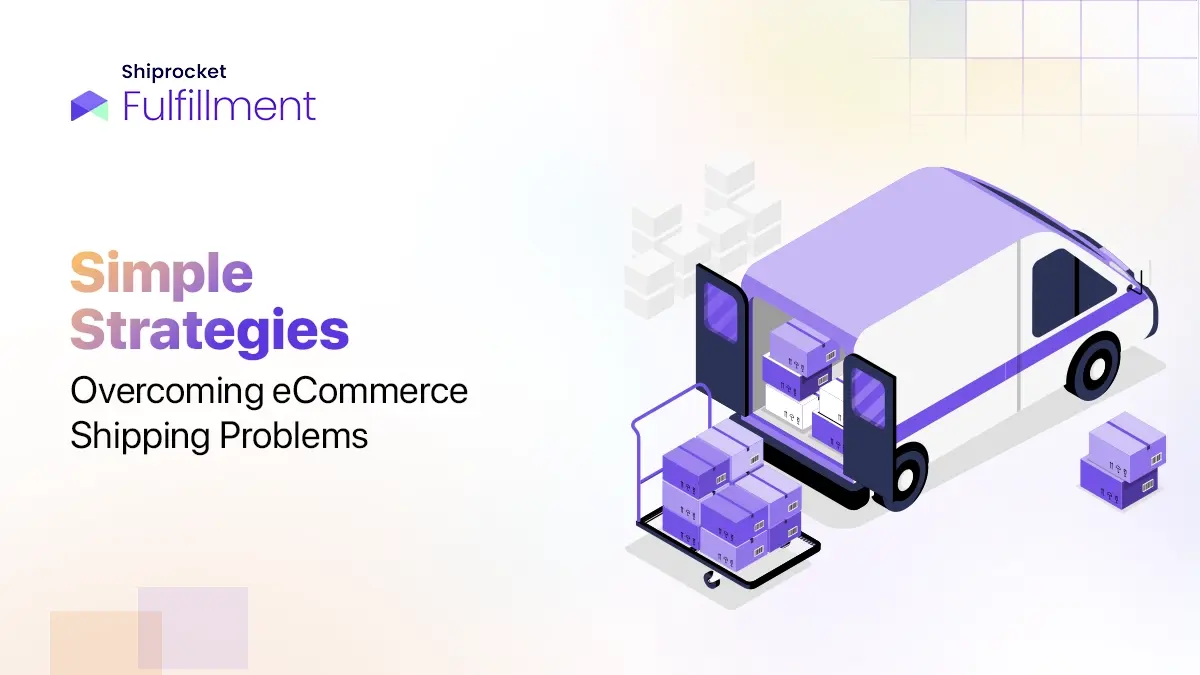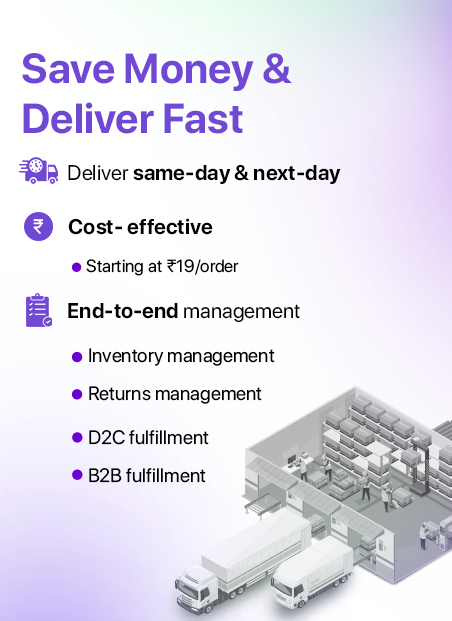Understanding the distinction between upstream and downstream supply chains aids in comprehending the flow of materials and information along the value chain, optimising efficiency, and enhancing overall performance. The upstream supply chain encompasses activities associated with suppliers providing raw materials to manufacturers, while the downstream supply chain involves distributing finished products to customers. Let’s explore the upstream and downstream supply chains in detail.

What is the Upstream Supply Chain?
The upstream supply chain comprises a blend of activities, including sourcing and acquiring raw materials from suppliers before commencing the manufacturing process. For instance, a business may need to source raw materials like steel, plastic, or electronic components to manufacture automobiles or electronic devices. The upstream supply chain jigsaw requires a few pieces, like supplier management, procurement, inventory management, and transportation, to be fully operational and productive. Building this supply chain demands an amalgamation of all steps, from identifying reliable suppliers and procuring raw materials to transmitting them to the production facility.
A business can enormously benefit from having an upstream supply chain in place. The facilitation of this supply chain allows a steady flow of raw materials. It brings a perfect balance to business operations by minimising disruptions, optimising inventory levels, and maintaining product quality to the tee. With the streamlining of upstream processes, a business can improve operational efficiency, cut costs, and enrich its customers’ experience.
However, upstream processes have their downturns and pose certain challenges in business. A prominent one may be the bewildering complexity of executing these processes and compromised transparency in the multi-tier supply networks. The lack of visibility into these supplier webs makes it difficult for the firms to promptly track and effectively manage their upstream suppliers. Moreover, the fluctuation in raw material prices, issues with finding reliable suppliers, and potential disruptions in the supply chain add to the risk factor in maintaining upstream supply chains.
Nonetheless, it’s vital for a business to efficiently manage and optimise the upstream supply chain to ascertain a smooth flow of raw materials and enable efficient downstream functions, such as production, distribution, and sales.
What is the Downstream Supply Chain?
The process of distributing and delivering finished goods to end customers is at the heart of a downstream supply chain process. Business operations encompassing distribution, order fulfillment, and product sales are integral to this supply chain mechanism. The functionality of the downstream supply chain advertently focuses on customer-driven operations to cater to customers’ demands and preferences. A good example of the downstream activities would be businesses working with distributors or intermediaries who help sell products and ensure that those products reach retail stores and end consumers.
Managing a consistent flow of information and goods between clients and consumers allows the business to delight its customers and win their loyalty. Besides customer satisfaction, optimising the downstream supply chain has many other advantages.
- It enables the firm to streamline operations
- Enhance delivery speed
- Curtail order fulfillment costs
- Allows for better inventory management, which negates the chances of stockouts and overstocking.
- Healthy stock levels help the business reduce its inventory carrying costs and additional warehouse costs.
However, the downstream supply chain processes come with their challenges also. Channelising the working of this supply chain can pose difficulty in maintaining visibility and coordination all along the distributor network while ensuring precise order fulfillment and managing returns and customer exchanges. So, if a business decides not to plunge its head into a hole as it faces these challenges, it can improve customer satisfaction and sales performance and gain a competitive edge in the market.

Distinguishing the Streams: The Upstream vs. Downstream Supply Chain
The table below highlights the difference between the upstream and downstream supply chains.
| Upstream Supply Chain | Downstream Supply Chain | |
| Definition | The upstream supply chain involves the initial stages of the supply chain process, starting with sourcing raw materials and extending to producing and manufacturing goods. | The downstream supply chain encompasses the latter stages of the supply chain process, focusing on the distribution, retail, and sales of finished products to end customers. |
| Activities | It involves sourcing raw materials, procurement and supplier management, and manufacturing and production processes. | It involves distribution logistics, warehousing, retail and sales operations, and customer service and support. |
| Focus | It focuses on ensuring a reliable and cost-effective supply of raw materials and managing relationships with suppliers and vendors. | It focuses on efficient product distribution and retail operations and enhancing customer experience and satisfaction. |
| Examples | Raw material sourcing in the automotive industry Oil and gas exploration and production operations | Retail store distribution networkseCommerce order fulfillment and delivery processes |
Orchestrating the Flow: Managing Upstream and Downstream Supply Chains
Managing upstream and downstream supply chains is crucial for effective supply chain management. These two components play a vital role in the creation and distribution of products. Understanding the distinction between these two components and their interplay is key to optimising the flow of materials, money, and information throughout the supply chain.
You must establish strong relationships with your suppliers to manage the upstream supply chain successfully. It involves selecting reliable suppliers, negotiating favourable terms, and ensuring a steady flow of high-quality materials. Optimising the flow of materials and information within the upstream supply chain can also lead to cost savings and improved efficiency.
Managing the downstream supply chain requires focusing on distribution, retail, and sales channels. Collaborating closely with distributors and retailers is essential to ensure timely delivery and optimal inventory management. By leveraging technology and data analytics, you can gain insights into consumer demand patterns and optimise your distribution network accordingly. Effective downstream supply chain management also involves monitoring customer satisfaction and promptly addressing issues.
Effective upstream and downstream supply chain management requires coordination and collaboration with various stakeholders involved in the supply chain network. It is essential to establish clear communication channels and information-sharing mechanisms to facilitate the seamless flow of information. It enables real-time visibility into inventory levels, demand forecasts, and production schedules, which can aid in making informed decisions and adapting to dynamic market conditions.
Furthermore, sustainability and circular supply chain practises have gained prominence recently. Integrating environmental and social responsibility into supply chain management involves optimising processes to minimise waste, reusing materials, and effectively managing returns. Adopting integrated supply chain management systems can facilitate real-time visibility and coordination. Regular performance monitoring, data analysis, and continuous improvement initiatives are key to identifying bottlenecks and optimising the overall supply chain
With platforms like Shunya AI, businesses can now gain predictive visibility across upstream and downstream supply chains—unlocking smarter planning and faster decision-making.
Conclusion
The significance of upstream and downstream supply chain management is vital for optimising operations. Organisations can enhance their overall supply chain performance by efficiently managing suppliers and ensuring smooth product distribution. By embracing the principles of upstream and downstream supply chain management, businesses can achieve greater efficiency, reduced costs, and improved customer satisfaction.

Frequently Asked Questions(FAQs)
An example of an upstream supply chain is sourcing raw materials or components needed for production. For instance, a car manufacturer procuring steel from a supplier would be an upstream activity in their supply chain.
In procurement, upstream activities involve the identification of suppliers, the negotiation of contracts, and the selection of vendors. On the other hand, downstream activities focus on managing inventory, receiving goods, and processing invoices.
Upstream businesses are involved in the early stages of production, such as manufacturing raw materials or supplying components. Downstream businesses operate closer to the end of the supply chain, engaging in activities like distribution, marketing, and selling products to end customers.





